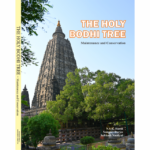
Mahabodhi Temple Bodhgaya
Mahabodhi Temple Complex, Bodh Gaya, Bihar (India). This is one of the four holy sites related to the life of the Lord Buddha, and particularly to the attainment of Enlightenment. The Mahabodhi Temple Complex is the first temple built by Emperor Asoka in the 3rd century B.C., and the present temple dates from the 5th–6th centuries. It is one of the earliest Buddhist temples built entirely in brick, still standing, from the late Gupta period and it is considered to have had significant influence in the development of brick architecture over the centuries.
It is also a unique property of archaeological significance in respect of the events associated with the time Lord Buddha spent there, as well as documenting the evolving worship, particularly since the 3rd century, when Emperor Asoka built the first temple, the balustrades and the memorial column and the subsequent evolution of the ancient city with the building of sanctuaries and monasteries by foreign kings over the centuries.
The present Mahabodhi Temple Complex at Bodh Gaya comprises the 50 m high grand Temple, the Vajrasana, sacred Bodhi Tree and other six sacred sites of Buddha’s enlightenment, surrounded by numerous ancient Votive stupas, well maintained and protected by inner, middle and outer circular boundaries. A seventh sacred place, the Lotus Pond, is located outside the enclosure to the south. Both the temple area and the Lotus Pond are surrounded by circulating passages at two or three levels and the area of the ensemble is 5 m below the level of the surrounding land.
Next to the Bodhi Tree there is a platform attached to the main temple made of polished sandstone known as Vajrasana (the Diamond Throne), originally installed by Emperor Asoka to mark the spot where Buddha sat and meditated.
In the context of philosophical and cultural history, Mahabodhi Temple Complex is of great relevance as it marks the most important event in the life of Lord Buddha, the moment when Prince Siddhartha attained Enlightenment and became Buddha, an event that shaped human thought and belief. This property is now revered as the holiest place of Buddhist pilgrimage in the world and is considered the cradle of Buddhism in the history of mankind.
JOHN DOE
YELLOW.
Lorem ipsum dolor sit amet, consectetur adipi scing elit. Quisque nec ex quis leo condimentum posuere sit amet ac nisi. Nulla quam ex, sodales sed lacinia imperdiet, sodales at sem. Cras sagittis vel dui ut interdum. Ut tempus ex vel sollicitudin lobortis. Phas ellus fauci bus aliquam nulla, sed sollicitudin ante sagittis porta. Aliqu am quis nibh ante. Aliquam erat volutpat. Sed turpis erat, placerat at blandit ac, iaculis ut sapien. Proin ultrices ut leo et convallis.
Mauris maximus at augue ut tempus. Nulla porta sed dui eu congue. Maecenas ullamcorper tempor viverra. Nam vitae odio orci. Aenean fringilla leo tortor, sit amet feugiat purus au eleifend luctus.
Fringilla vel.
Praesent comod.
Fringilla vel.
Cum sociis natoque penatibus et magnis dis parturient montes, nascetur ridiculus mus. Vestibulum id ligula porta felis euismod semper. Morbi leo risus, porta ac consectetur ac, vestibulum at eros. Praesent commodo cursus magna, vel scelerisque nisl consectetur et. Nullam id dolor id nibh ultricies vehicula ut id elit.

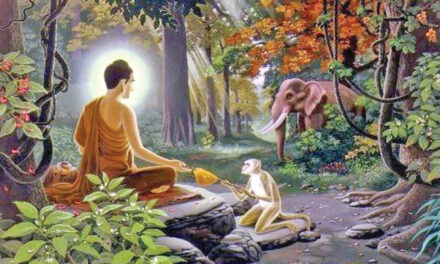
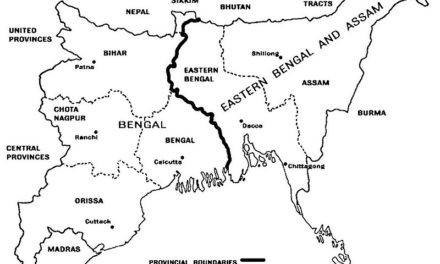

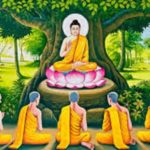
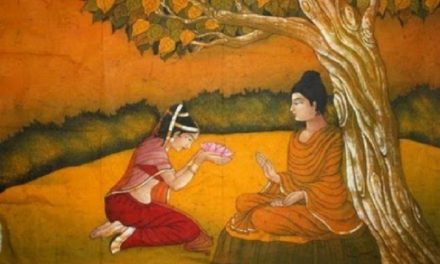
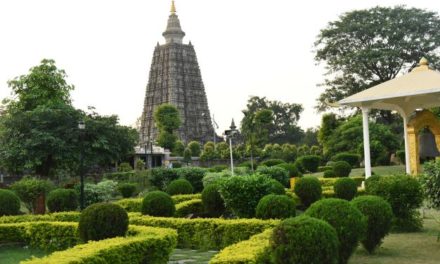
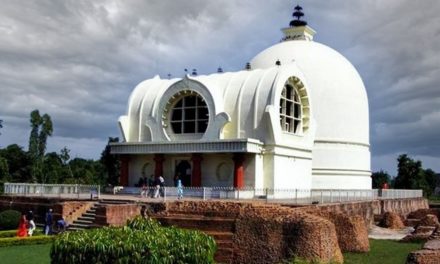
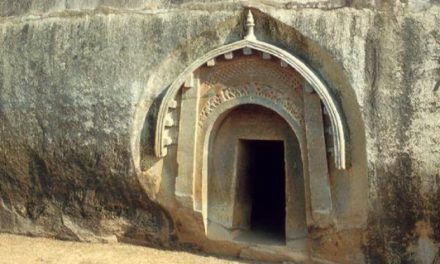
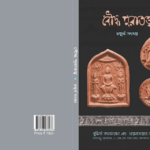

![Monuments of Mahabodhi [Mahavihara] Temple Complex Bodhgaya](https://baruasamaj.ezdivi.com/wp-content/uploads/sites/5/2023/10/Monuments-Book-Title-150x150.png)
